17 Mesmerizing Green Wonders in Space To Celebrate St. Patrick’s Day
15th Mar 2024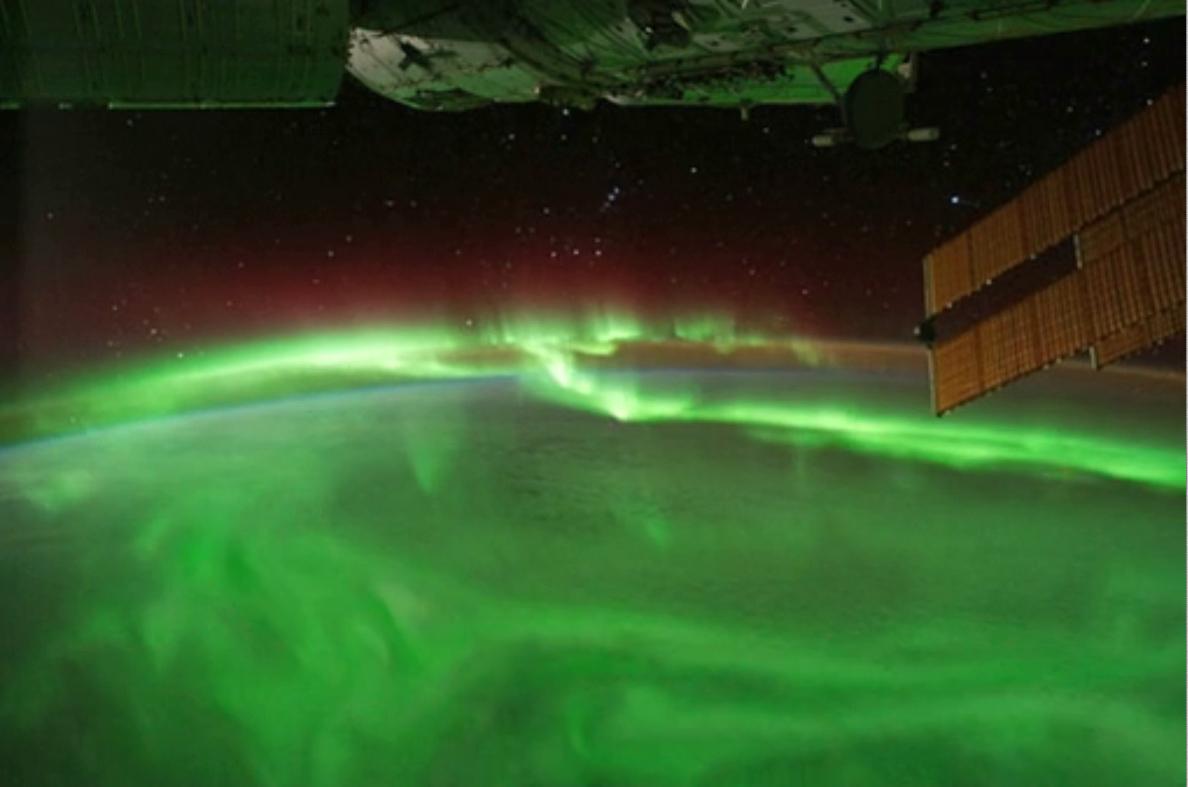
On 17th March, people in Ireland, the USA, the UK, Canada and Irish pubs the world over celebrate St. Patrick’s Day. The green colour is strongly associated with this holiday. It traditionally represents Ireland’s landscapes, as well as the greenery of spring.
Space is joining the celebrations: this week, we didn’t create a typical “Best Astrophotos of the Week” collection. Instead, we’ll look at 17 of the most beautiful space objects in different shades of St. Patrick’s Day’s main colour!
Wreath Nebula On St. Patrick’s Day
The Wreath Nebula does not emit light itself but reflects light from nearby stars. Its appearance can vary depending on the stars’ colours, but here it is stunning green—just like the first grass in spring.
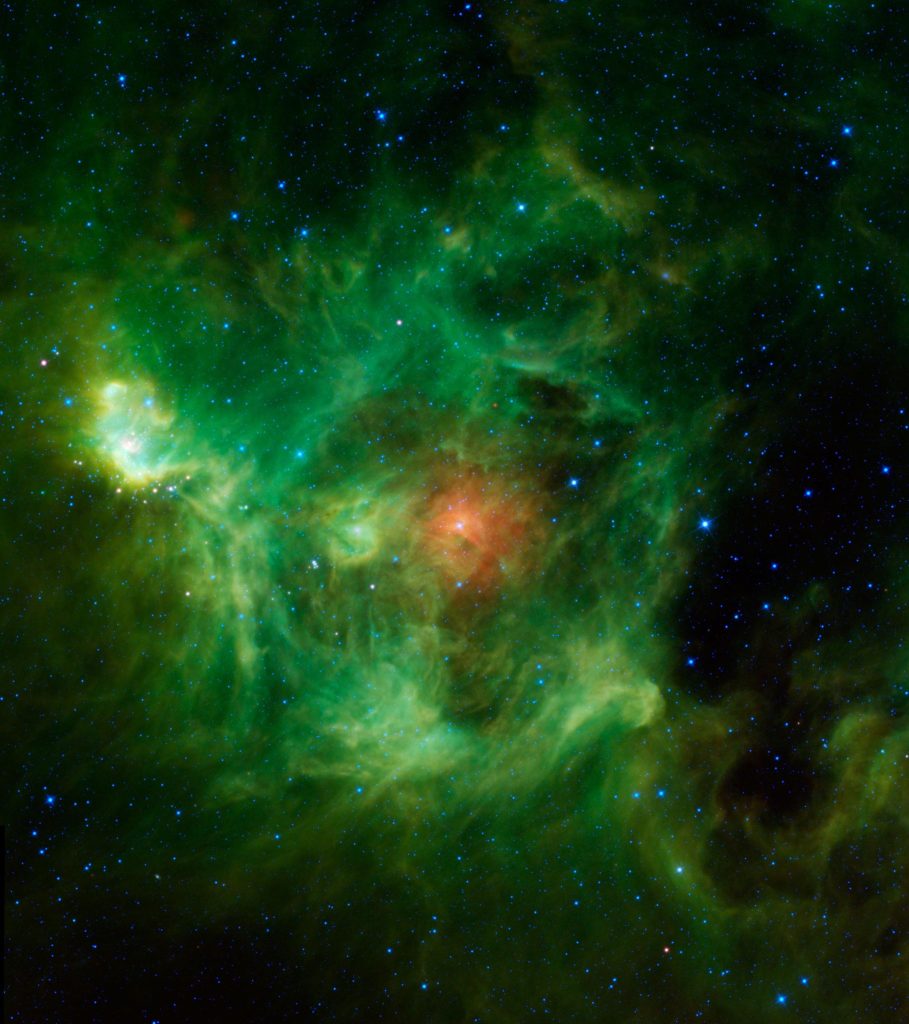
Pelican Nebula
The Pelican Nebula consists of hydrogen gas ionized by intense ultraviolet radiation, which gives it its characteristic pinkish-red colour in astrophotos. In this image, it is supplemented with light-green clouds—a mesmerizing view!
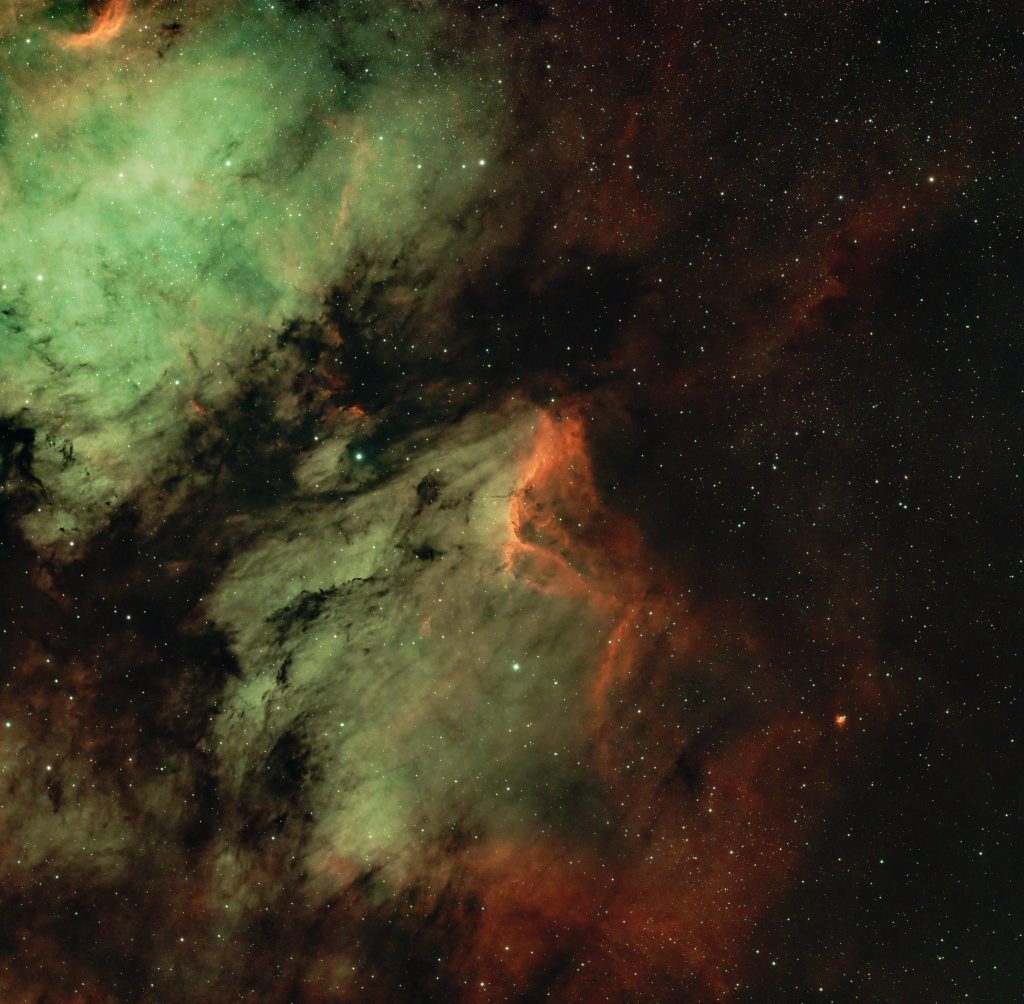
Crab Nebula
A well-known for many astrophotographers Crab Nebula combines many colours. Look closely at how gently the green rays look in its depth!
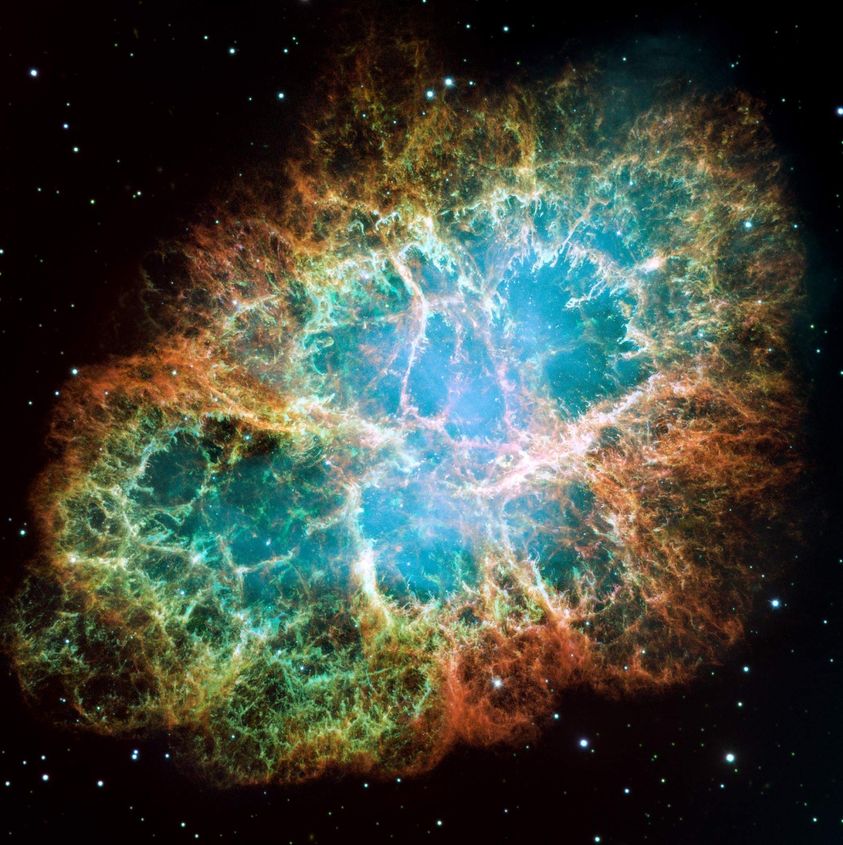
Christmas Tree Nebula
Christmas Tree Nebula, although associated with winter holidays, absolutely fits St. Patrick’s Day with its greenish cloud and hues!

Tadpole Nebula In Shades Of St. Patrick’s Day
The Tadpole Nebula is formed by a cluster of young stars embedded within a cloud of gas and dust. It exhibits a range of shades of green, which is not typical for this type of nebula.
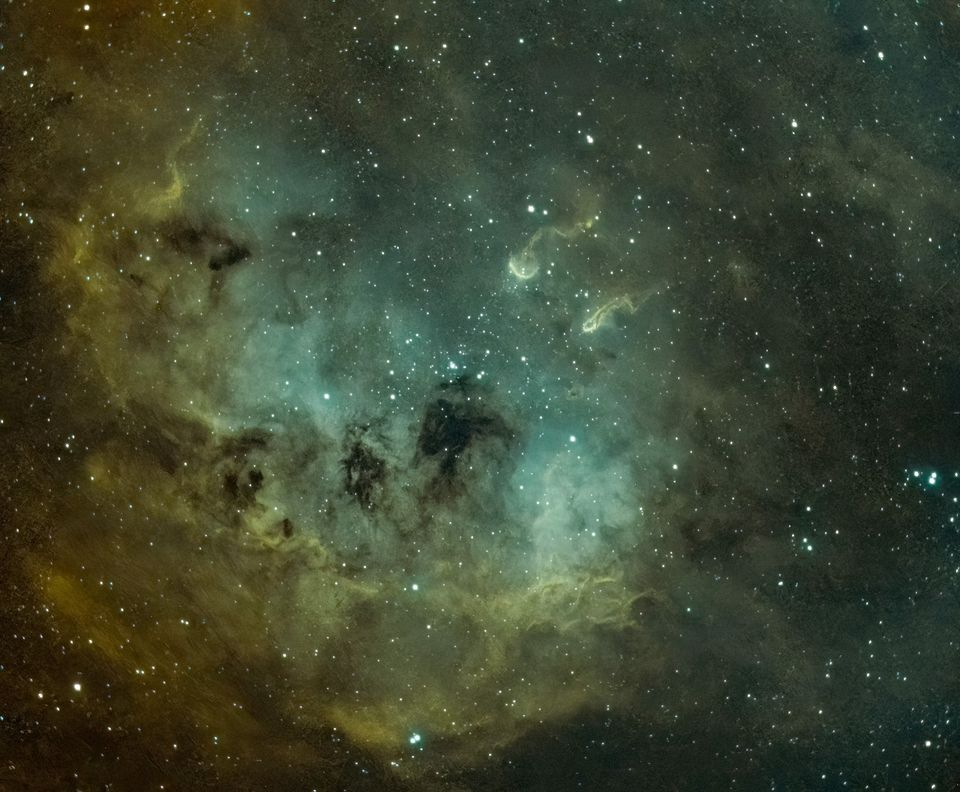
Lagoon Nebula
The Lagoon Nebula is a large interstellar cloud of gas and dust. In this astrophoto, it appears orange and green suggesting a complex interplay of different emission processes.
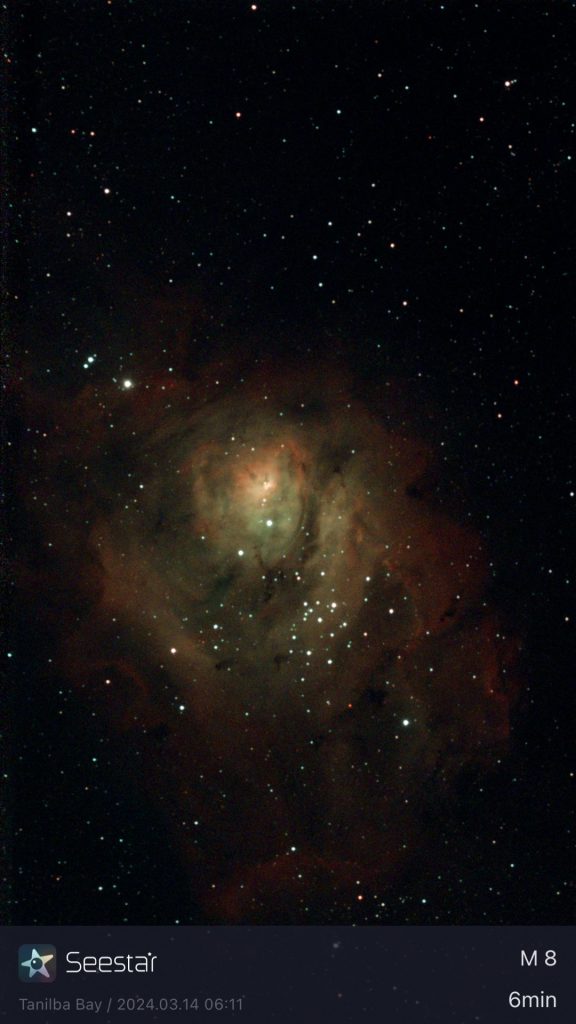
Dolphin Head Nebula
The Dolphin Head Nebula is a planetary nebula located in the constellation of Carina. Its appearance can vary depending on several factors, but it is predominantly green or blue. What does it look like to you?
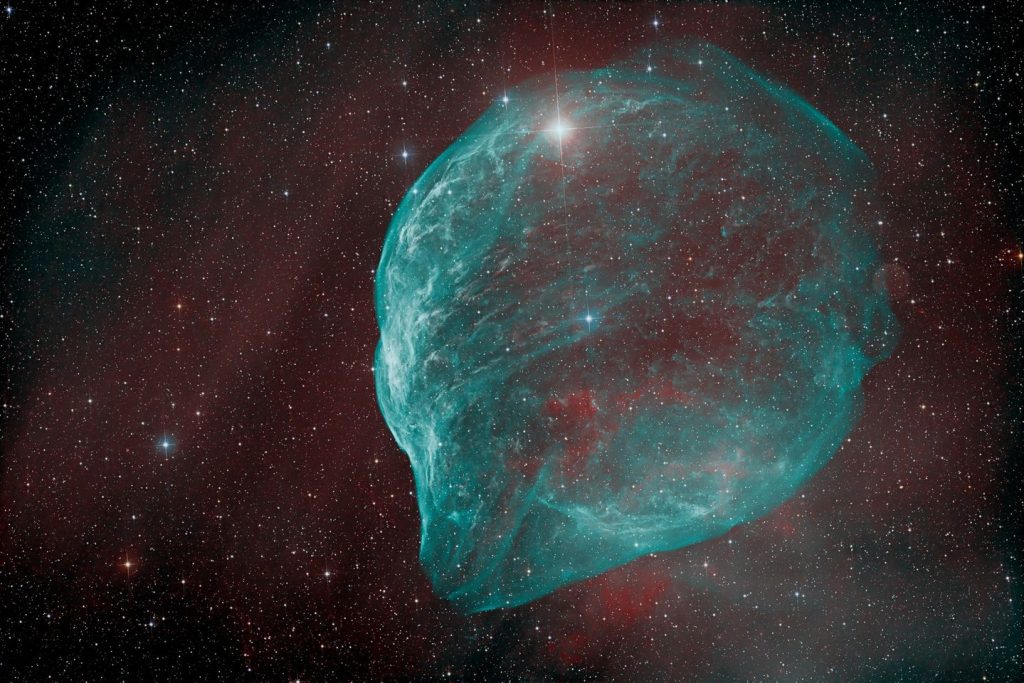
Green Comet C/2022 E3
Green Comet C/2022 E3 absolutely fits the St. Patrick’s with both its appearance and name. It owes its colour to diatomic carbon (C2) and cyanogen (CN) molecules. When these molecules are excited by sunlight, they emit light in the green part of the spectrum, giving the comet a greenish hue.
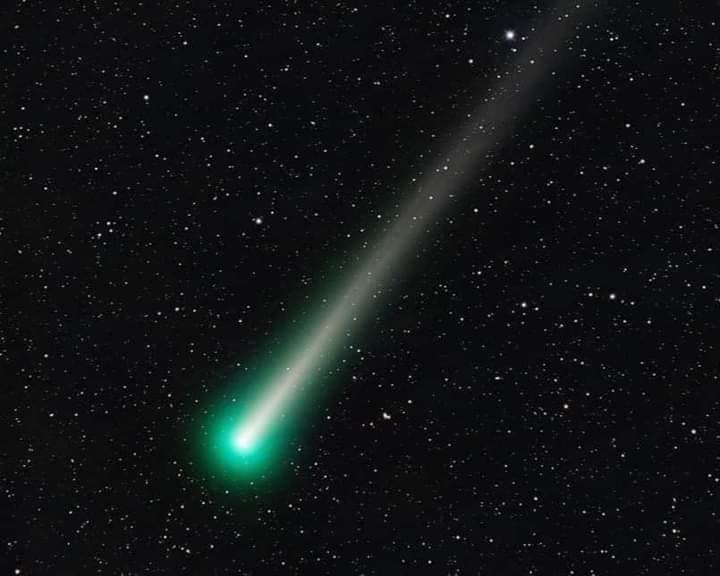
Comet 12/P Pons-Brooks
Another comet, 12/P Pons-Brooks appeared last week in our skies. It is also known simply as Comet Pons-Brooks. This periodic comet orbits the Sun roughly every 70.0 years. Absolutely, this time, it flew over the Earth to wish us a happy St. Patrick’s Day.
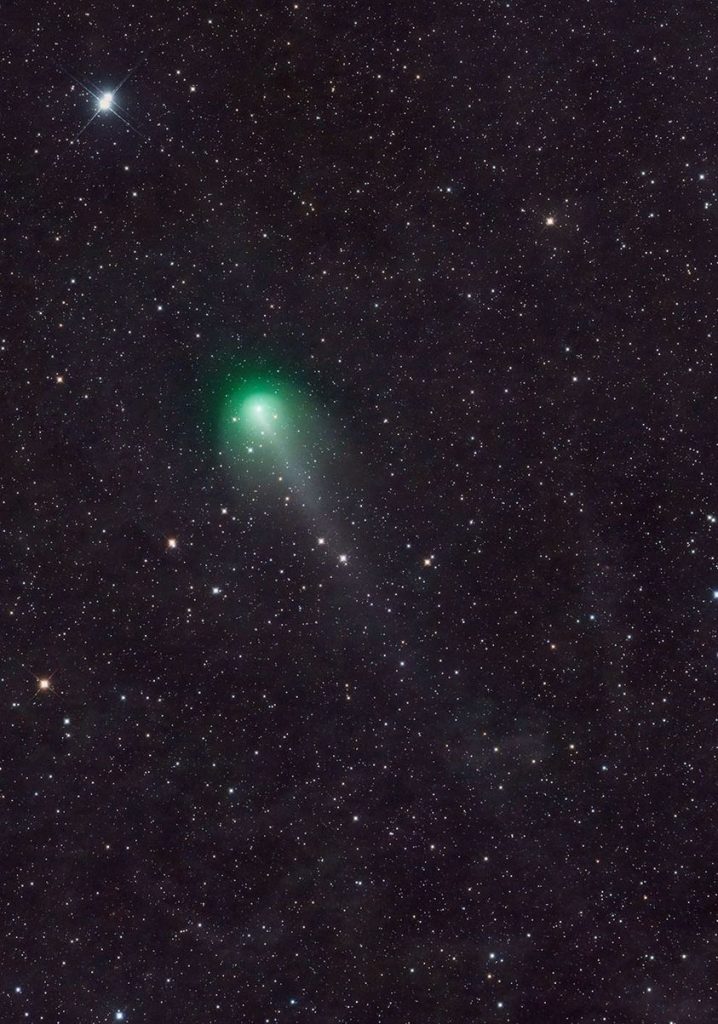
Orion Nebula Region On St. Patrick’s Day
The Orion Nebula itself doesn’t typically appear green to the naked eye. But other nebulae and gas clouds surround it in the constellation Orion that might contain greenish hues. One such example is the Running Man Nebula located just to the north of the Orion Nebula. The Running Man contains areas of ionized hydrogen gas that can emit green light under certain conditions.
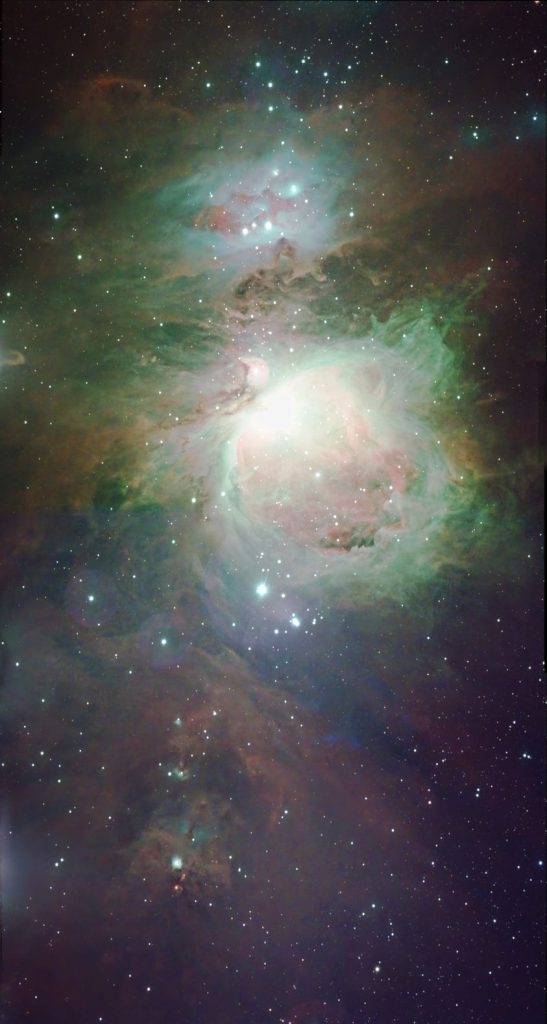
Helix Nebula (“Eye Of God”)
If god has eyes, they are definitely green – like in this mesmerizing nebula. The Helix Nebulais an iconic planetary nebula in the constellation of Aquarius. Its colours arise from various processes, including the emission of light by ionized gases and the scattering of light by interstellar dust.
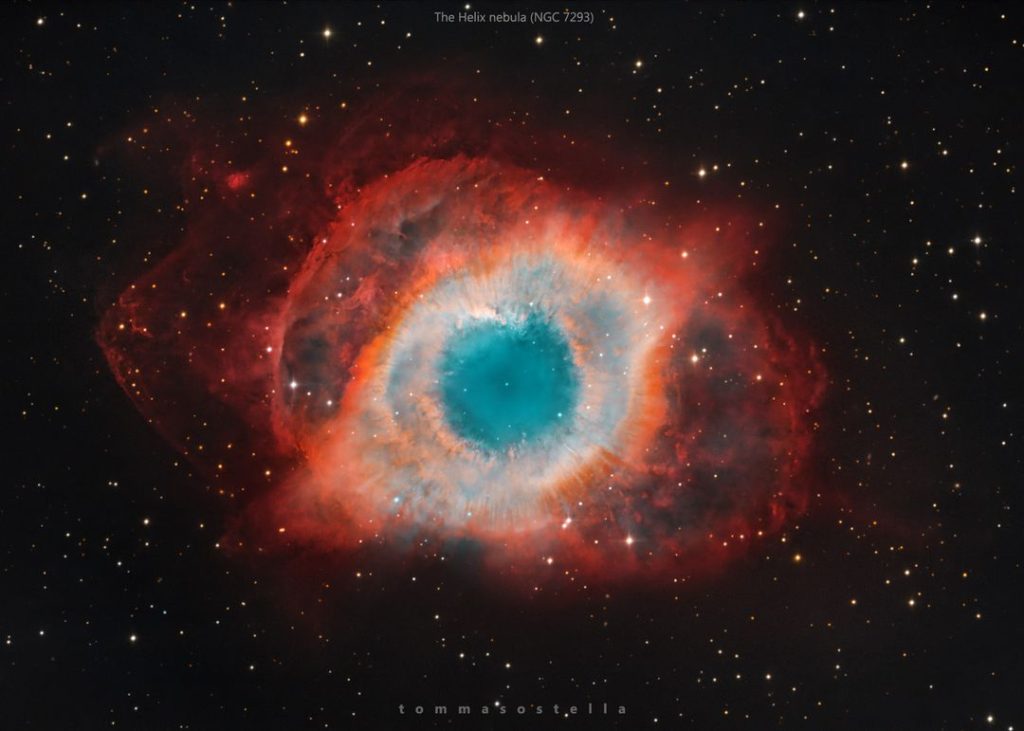
Northern Lights
Nothern lights is a typically green celestial wonder often combined with other shades. This green colour is primarily caused by the interplay of charged particles from the Sun with oxygen molecules in the Earth’s atmosphere.
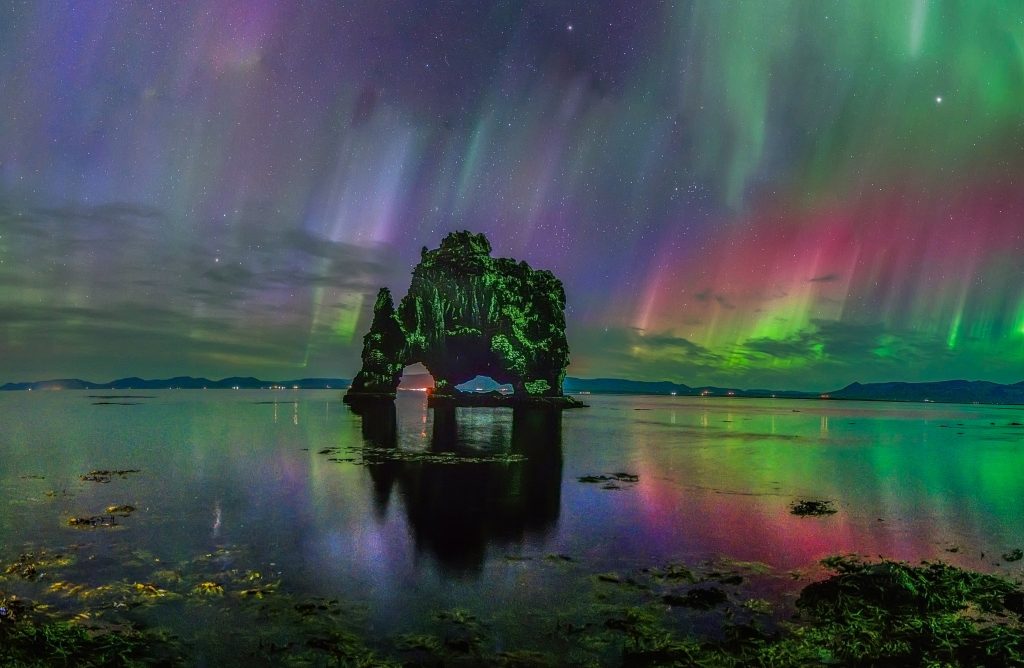
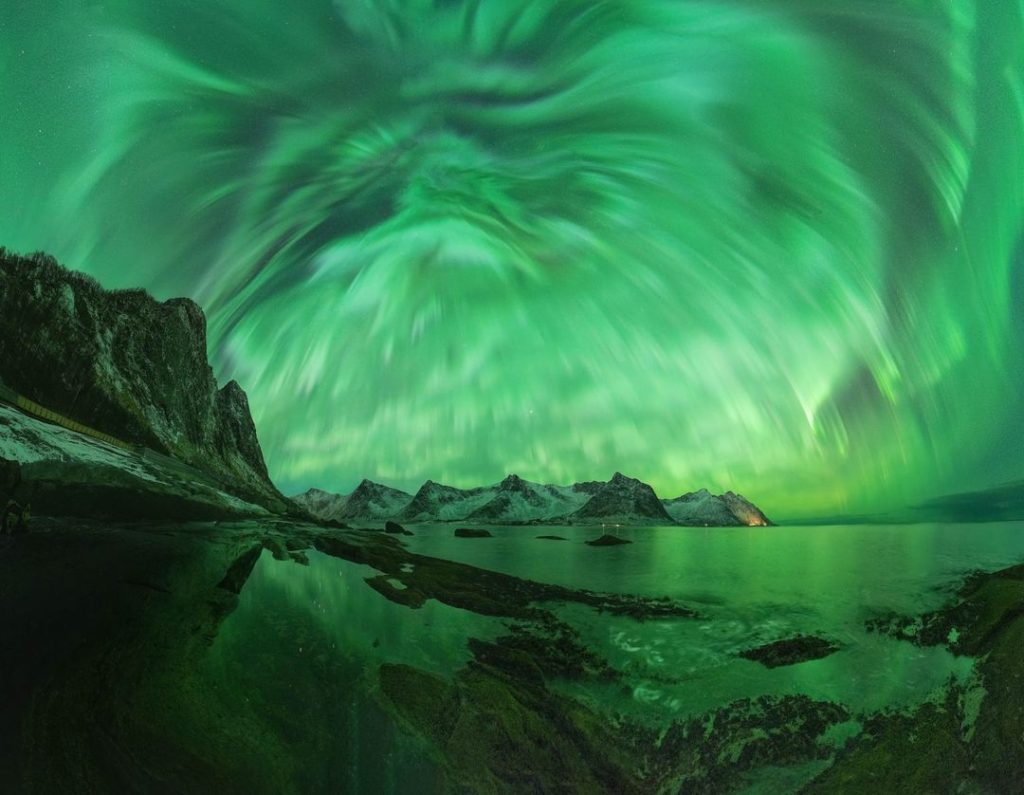
Tekapo Reflections
This is a stunning scene of the night sky reflected in the waters of Tekapo Lake. This unique astrophoto combines the stunning greenish Southern Lights with the Milky Way. No need to say more about them, enjoy the view!
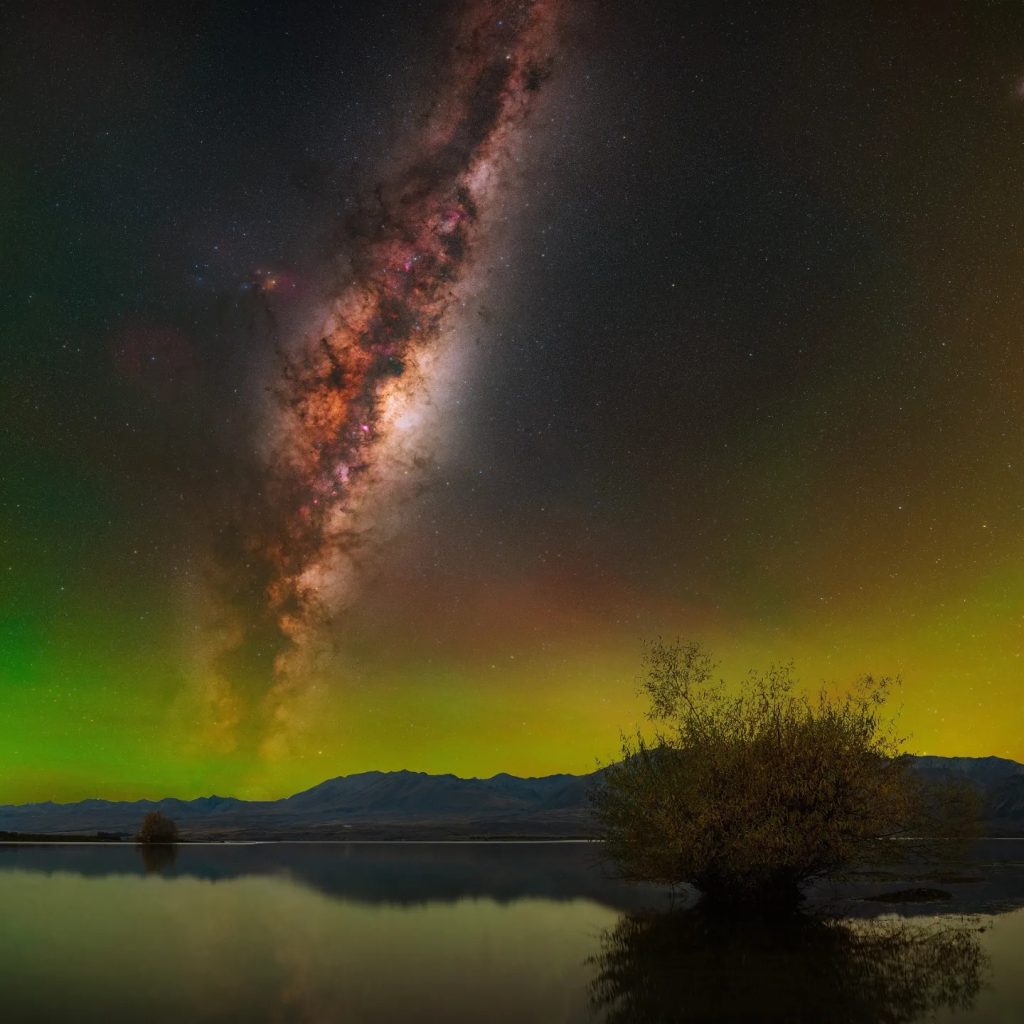
Whirlpool galaxy
The Whirlpool Galaxy is one of the most famous galaxies in the night sky due to its striking appearance. Its intricate green and yellow spiral arms and the billions of stars within them, make this object a truly breathtaking sight!
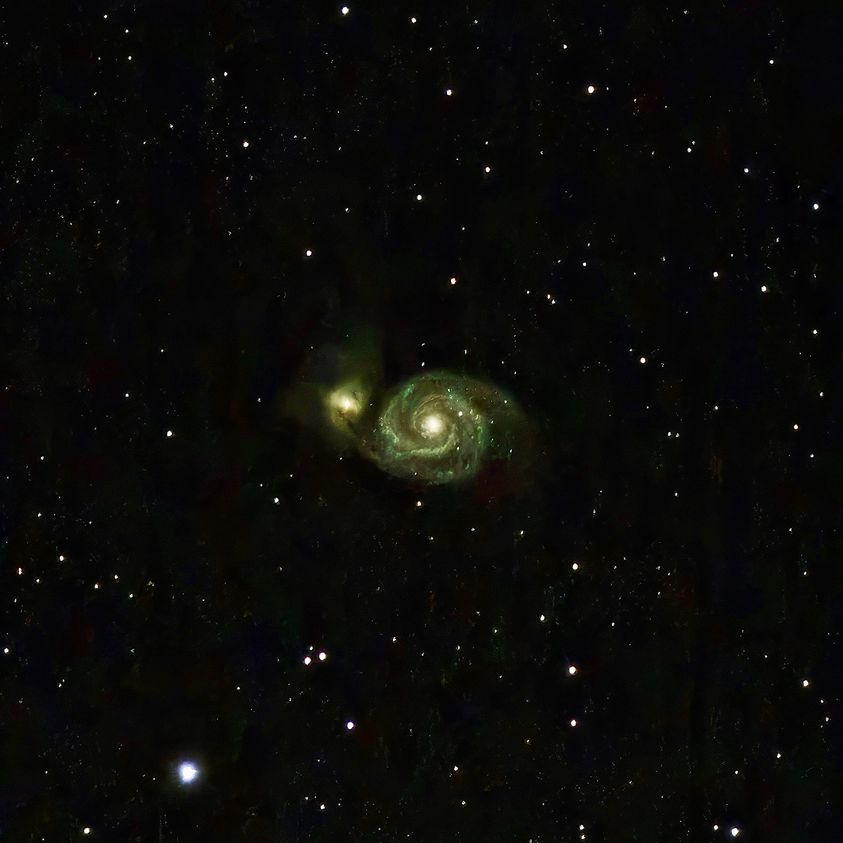
Heart Nebula On St. Patrick’s Day
One more space object associated with another holiday – St. Valentine’s Day. But The skillful hand of the photographer created an unusual version of this nebula with light green shades inside it.
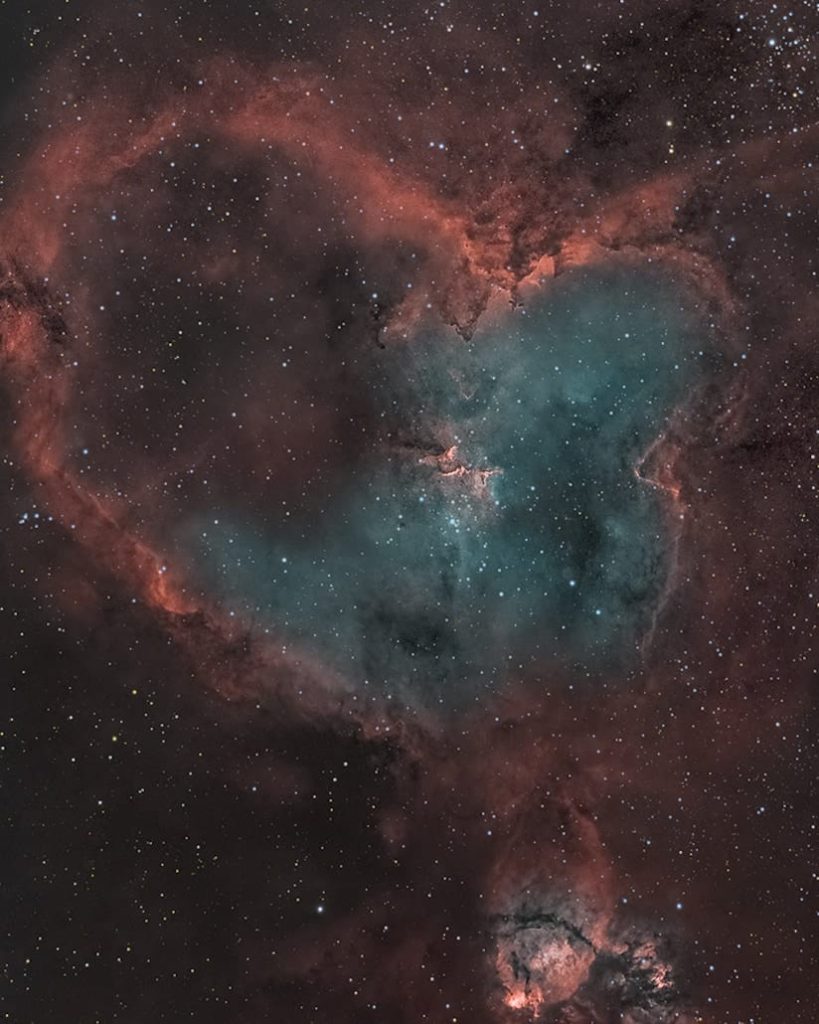
Meteor over Eleven Mile State Park, Colorado
This meteor’s green colour is caused by the magnesium in the meteoroid. As the magnesium ions are excited by the heat of entry into the atmosphere, they emit light at specific wavelengths, including green. Therefore, when magnesium-rich meteors vaporize during their entry into the atmosphere, they can leave behind a greenish glow. We see this process as a “shooting”.
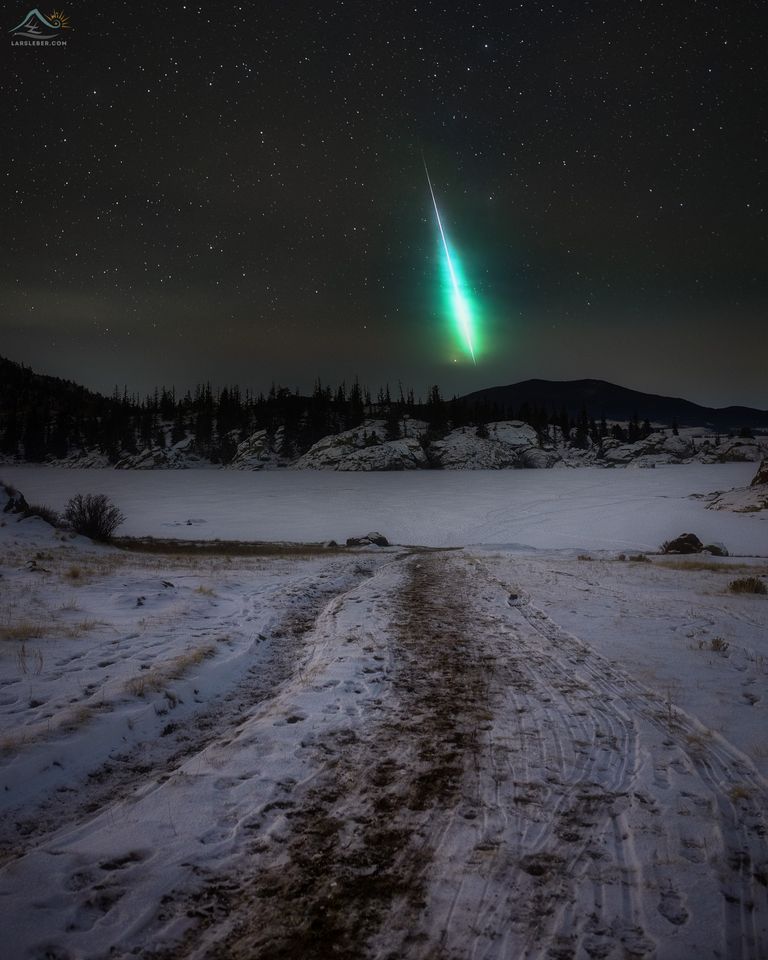
Make a wish on a shooting star, as this was the final photo in our St. Patrick’s Day collection of green space objects.
All images are taken from Facebook. We are grateful to all the artists who have shared their enchanting photographs!
Happy St. Patrick’s Day to you. We wish you to enjoy the celebrations and the spirit of the holiday!
![Beauty of the Pink Moon And Lyrid Meteor Shower in This Week’s Best Astrophotos [19-26 April] Beauty of the Pink Moon And Lyrid Meteor Shower in This Week’s Best Astrophotos [19-26 April]](https://orbitaltoday.com/wp-content/uploads/2024/04/Pink-Moon-is-on-its-way-above-the-mountains-1-300x300.jpg)

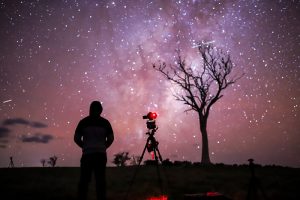

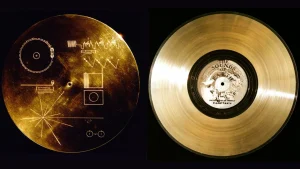

Thank you for your comment! It will be visible on the site after moderation.